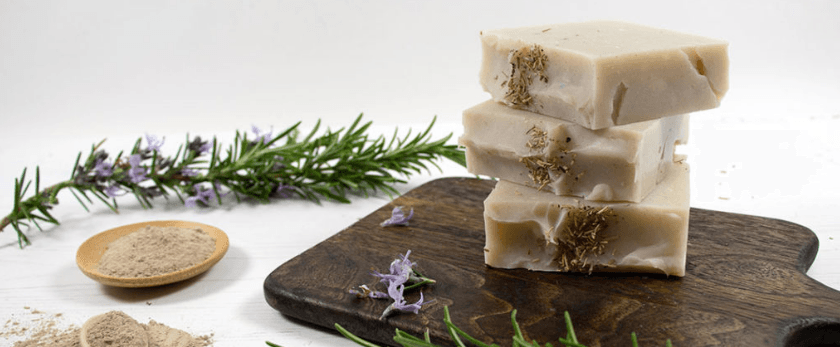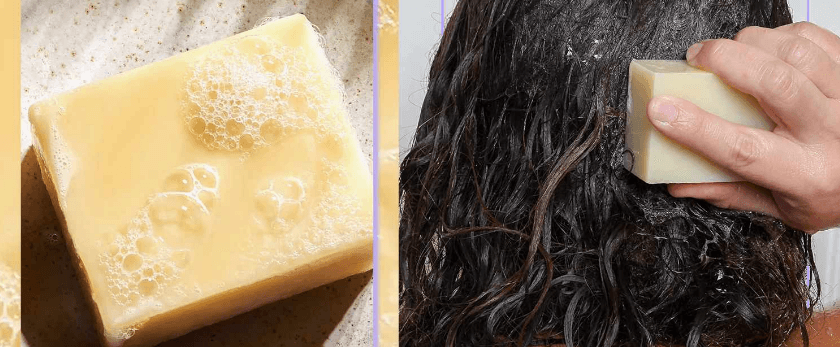In Today's World, Environmental Concerns are Paramount
In today's world, where environmental concerns are at an all-time high, it's important to consider the impact of our daily habits on the planet. One area where we can make a positive change is in our personal care routine. Traditional liquid shampoos come in plastic bottles that often end up in landfills or polluting our oceans. But there is a simple and sustainable solution – homemade shampoo bars.
In this article, we'll discuss why traditional shampoo is bad for the environment, the benefits of making your own shampoo bars, what you'll need to get started, and step-by-step directions for making your own homemade shampoo bars.
Why Traditional Shampoo is Bad for the Environment
The most obvious reason why traditional shampoo is bad for the environment is the plastic packaging. According to a report by the Ellen MacArthur Foundation, the equivalent of one garbage truck of plastic is dumped into the ocean every minute. And a large portion of this plastic waste comes from single-use plastic bottles, including shampoo bottles.
But the environmental impact of traditional shampoo goes beyond just the packaging. Many commercial shampoos contain harmful chemicals that can be damaging to the environment. These chemicals can end up in our waterways, affecting aquatic life and potentially contaminating our drinking water.
Additionally, the production and transportation of traditional shampoo contribute to carbon emissions and pollution. The ingredients used in these shampoos often require extensive processing and packaging, which adds to their environmental footprint.
Why Making Your Own is Better for the Environment
Making your own shampoo bars is a simple and effective way to reduce your environmental impact. Here are some of the benefits of making your own shampoo bars:
- No Plastic Packaging: By making your own shampoo bars, you eliminate the need for plastic packaging. This means less waste in landfills and oceans, and a smaller carbon footprint.
- Natural Ingredients: Homemade shampoo bars are made with natural ingredients, which are better for both your hair and the environment. You can choose to use organic and sustainably sourced ingredients, reducing the use of harmful chemicals and supporting eco-friendly practices.
- Less Waste: Shampoo bars are a zero-waste alternative to traditional liquid shampoos. They can last for months, eliminating the need for frequent purchases and reducing the amount of waste generated.
- Cost-effective: Making your own shampoo bars can save you money in the long run. The ingredients used are often cheaper than store-bought shampoos, and you can make a large batch at once, reducing the cost per bar.

What You'll Need
Making your own shampoo bars is a simple process that requires just a few basic ingredients and tools. Here's what you'll need to get started:
- Soap Base: The base of your shampoo bar will be a natural soap base, such as castile soap or goat's milk soap. These can be found at most health food stores or online.
- Oils: You'll need a combination of oils to add moisture and nourishment to your shampoo bars. Some popular options include coconut oil, olive oil, and jojoba oil.
- Essential Oils: Essential oils not only add a pleasant scent to your shampoo bars but also have various benefits for your hair. Some good options for shampoo bars include lavender, rosemary, and tea tree oil.
- Lye: Lye is a necessary ingredient for making soap, but it can be dangerous if not handled properly. Make sure to follow safety precautions when handling lye.
- Molds: You'll need molds to shape your shampoo bars. Silicone molds are a popular choice as they are easy to remove the bars from once they have hardened.
- Double Boiler: A double boiler is used to melt the soap base and oils together. If you don't have a double boiler, you can use a heatproof bowl placed over a pot of boiling water.
- Measuring Cups and Spoons: Accurate measurements are crucial when making shampoo bars, so make sure to have measuring cups and spoons on hand.
- Mixing Tools: You'll need a mixing spoon or spatula to combine the ingredients.
Step-by-Step Directions for Making Homemade Shampoo Bars
Now that you have all the necessary ingredients and tools, it's time to make your own shampoo bars. Follow these simple steps to create your own eco-friendly and nourishing shampoo bars:
- Step 1: Prepare your workspace by covering it with newspaper or a plastic sheet to protect it from any spills.
- Step 2: Put on protective gear, including gloves, goggles, and a mask, to handle the lye safely.
- Step 3: Measure out the lye and water according to the instructions on the lye packaging. Slowly add the lye to the water, stirring constantly until it is fully dissolved. This mixture will release fumes, so make sure to work in a well-ventilated area.
- Step 4: In a double boiler, melt the soap base over medium heat. Once melted, remove from heat and let it cool for a few minutes.
- Step 5: Add your chosen oils to the melted soap base and mix well.
- Step 6: Slowly pour the lye mixture into the soap base and oils, stirring constantly.
- Step 7: Add a few drops of your chosen essential oils for scent and additional benefits.
- Step 8: Pour the mixture into your molds and let it cool and harden for at least 24 hours.
- Step 9: Once hardened, remove the shampoo bars from the molds and let them cure for an additional 2-3 weeks. This will allow the bars to harden and become milder on the skin.
- Step 10: Your homemade shampoo bars are now ready to use! Simply wet your hair, rub the bar onto your scalp, and lather as you would with traditional shampoo. Rinse thoroughly and enjoy clean, nourished hair without any harmful chemicals or plastic waste.
Responsible Disposal of Shampoo Bar Ingredients
It's important to dispose of the ingredients used in making shampoo bars responsibly. Here are some tips for proper disposal:
- Lye: Any leftover lye should be diluted with water and poured down the drain. Make sure to run water for a few minutes afterward to ensure it is fully flushed out.
- Soap Base: The soap base is biodegradable and can be disposed of in your regular trash.
- Oils: Oils can be reused or disposed of in a sealed container and thrown in the trash.
- Essential Oils: Essential oils are highly concentrated and should not be poured down the drain. You can reuse them for other purposes or dispose of them in a sealed container in the trash.
- Molds: Silicone molds can be reused for future batches of shampoo bars. If you no longer need them, they can be recycled.
In Conclusion
Making your own shampoo bars is a simple and effective way to reduce your environmental impact and take a step towards a greener lifestyle. By using natural ingredients and eliminating plastic packaging, you can enjoy clean and nourished hair without harming the planet. So why not give it a try and see the difference it can make for yourself and the environment?










